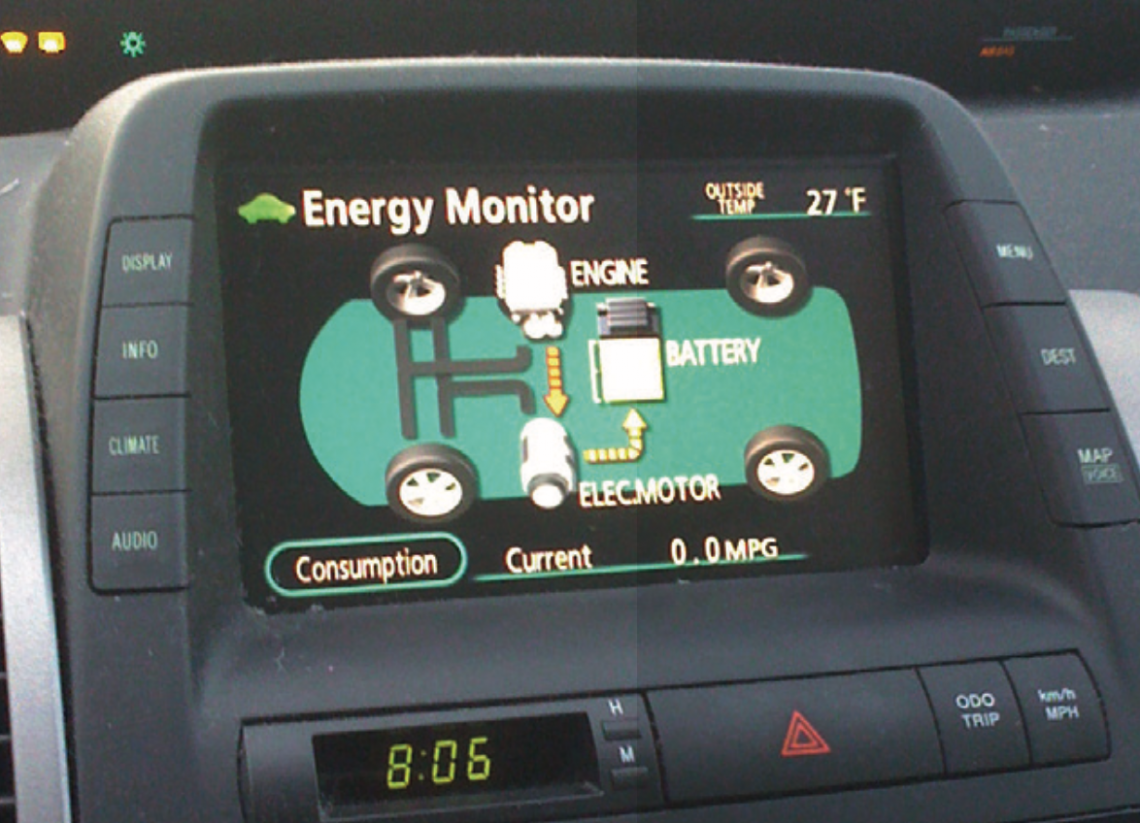Electrification: several development routes are possible
For ecological and health reasons, it’s a certainty that the electrification of vehicles will continue. What is less certain is the speed and intensity of this transition, as well as the technological choices that go with it.
Concerned about improving air quality, governments are changing emissions standards. In Europe, the Commission is considering reducing the upper limits for emissions set for 2021 by 30% for 2030, and imposing sanctions if the objectives are not met. The Euro Standards also provide an increasingly strict framework for the atmospheric pollutants that result from the combustion of fuel and cause health problems, including particles and nitrogen oxide (NOx). Meanwhile, China has decided to put in place ambitious quotas for electric vehicles, thus encouraging manufacturers to invest in this technology.
The optimisation of combustion engines and the addition of post-processing systems (particle filters, NOx traps, etc.) will not in themselves achieve the objectives set by the future standards. To do so, the whole of the automobile industry is committing to the development of electric motors.
PACE OF CHANGE
Between now and 2030, a number of scenarios are possible, based either on a majority of hybrids or on all electric vehicles. There nevertheless seems to be an emerging consensus: sales electric vehicles will show significant growth from 2022-2023 onwards.
CO2 EMISSIONS IN EUROPE ON THE RISE AGAIN
CO2 emissions are at 118.1 g of CO2/km on average in Europe (+0.3 over 2016), for an objective of 95 g of CO2/km in 2021. There are two possible explanations :
- the effect of declining sales of diesel vehicles that emit approximately 20% less CO2 than petrol vehicles,
- the success of SUVs and crossovers, heavier and less aerodynamic than sedans.
TECHNOLOGIES
There are many technological options to choose from: 100% electric, mild and full hybrid, rechargeable, etc. All the manufacturers are currently diversifying their ranges of drive systems. Toyota, for example, the leader in full hybrids, is developing pure electric projects. Renault and Nissan, pioneers in electric, are developing plans for rechargeable hybrid vehicles with their new partner, Mitsubishi. Diversifying these ranges means all the more work in R&D, and the costs that go with it. That is the reason why partnerships are being set up wherever the players believe that they have more to gain by buying or jointly developing, rather than finding a solution in isolation. Daimler, for example, has approached Renault for small combustion engines and electric motors.
The final technological choices have not yet been made. They will very clearly depend on the evolution of batteries (reduced production costs, management of rare materials, range, recharging times) and alternative technologies (fuel cells, for example) as yet in the experimental stage.
|
|
Short term |
Outlook |
|---|---|---|
|
Renault |
Reduced range of diesel engines |
2022: produce one electrified vehicle in two and one in 5 as 100% electric |
|
VAG |
Replacement in 2020 of small diesel engines by small, mild hybrid petrol engines |
2030: all group models to be available in electric versions (€20 billion) |
|
BMW |
Replacement in 2020 of small diesel engines by small, mild hybrid petrol engines |
Bring one 100% electric engine and 5 rechargeable hybrid engines into the range. Research into a fuel cell powered model |
|
Daimler |
Partnership with Renault for small diesel and petrol engines. Move to 48 volts |
|
|
Ford |
|
$4.5 billion electrification plan covering 13 models to be launched in 2027 |
|
PSA |
New version of DVR diesel engine |
Launch of 7 rechargeable hybrid models in 2021, then 5 100% electric models |
|
Toyota |
|
Combustion engines stopped in 2050 (simple and hybrid) |
|
FCA |
Small diesel engines stopped in favour of hybrids |
2018-22 plan mentions electrification of the group’s brands |
 |
Glossary : electric vehicles |
MHV (Mild Hybrid Electric Vehicle): the combustion engine works full time and the electric motor assists it when starting up and accelerating. The battery recharges when braking. This system helps to bring down CO2 emissions by between 15 and 20%de, but it cannot power the vehicle on its own.
FHEV (Full Hybrid Electric Vehicle): the vehicle is equipped with two motors, one electric the other a combustion engine, which function either separately or together. The battery recharges when braking and its capacity determines usage of the electric motor (generally low range).
PHEV (Plug-in Hybrid Electric Vehicle): the battery is recharged when plugged into the electricity grid. The electric motor and the combustion engine are both used to power the vehicle.
REX-EREV (Extended Range Electric Vehicle): rechargeable electric vehicle fitted with a small auxiliary combustion engine to recharge the batteries while driving
BEV (Battery Electric Vehicle): base de données de masse (volume) issues des informations émises à travers les actions numériques quotidiennes de tout un chacun
FCEV (Fuel Cell Electric Vehicle): electric vehicle fitted with a hydrogen tank that uses a fuel cell to generate the power needed to drive the vehicle
ICE (internal combustion engine): 100% fuel powered engine
